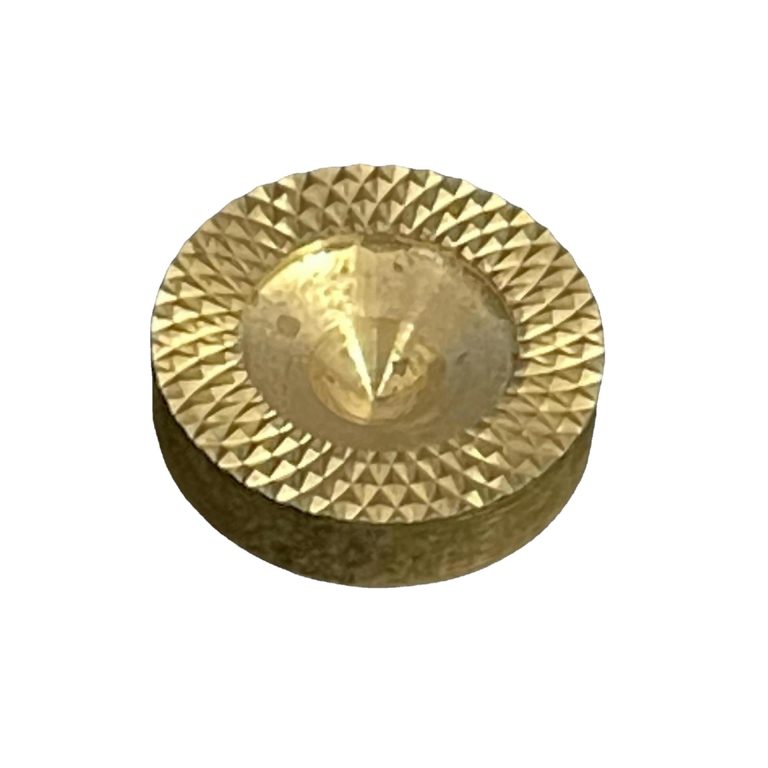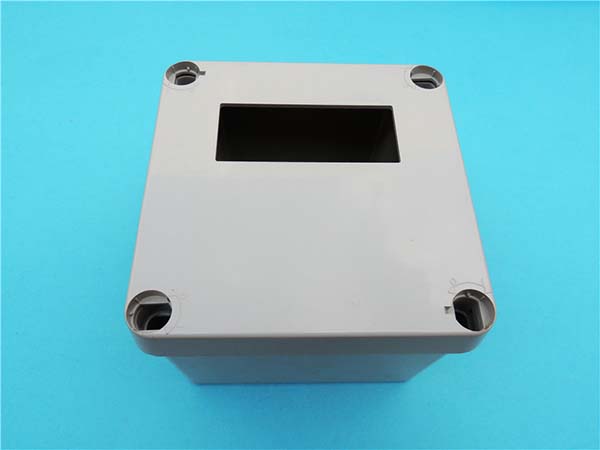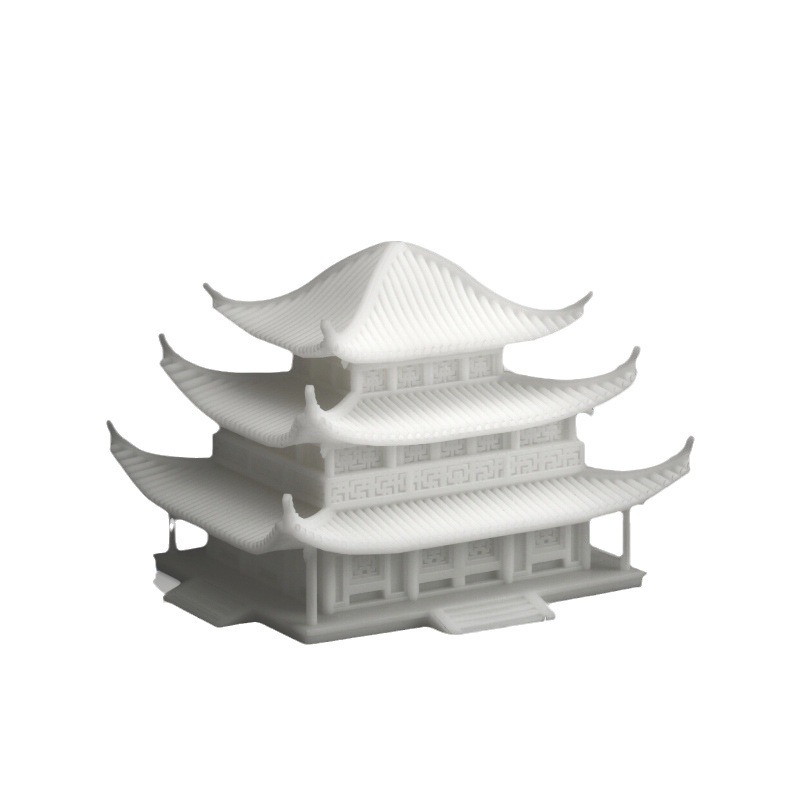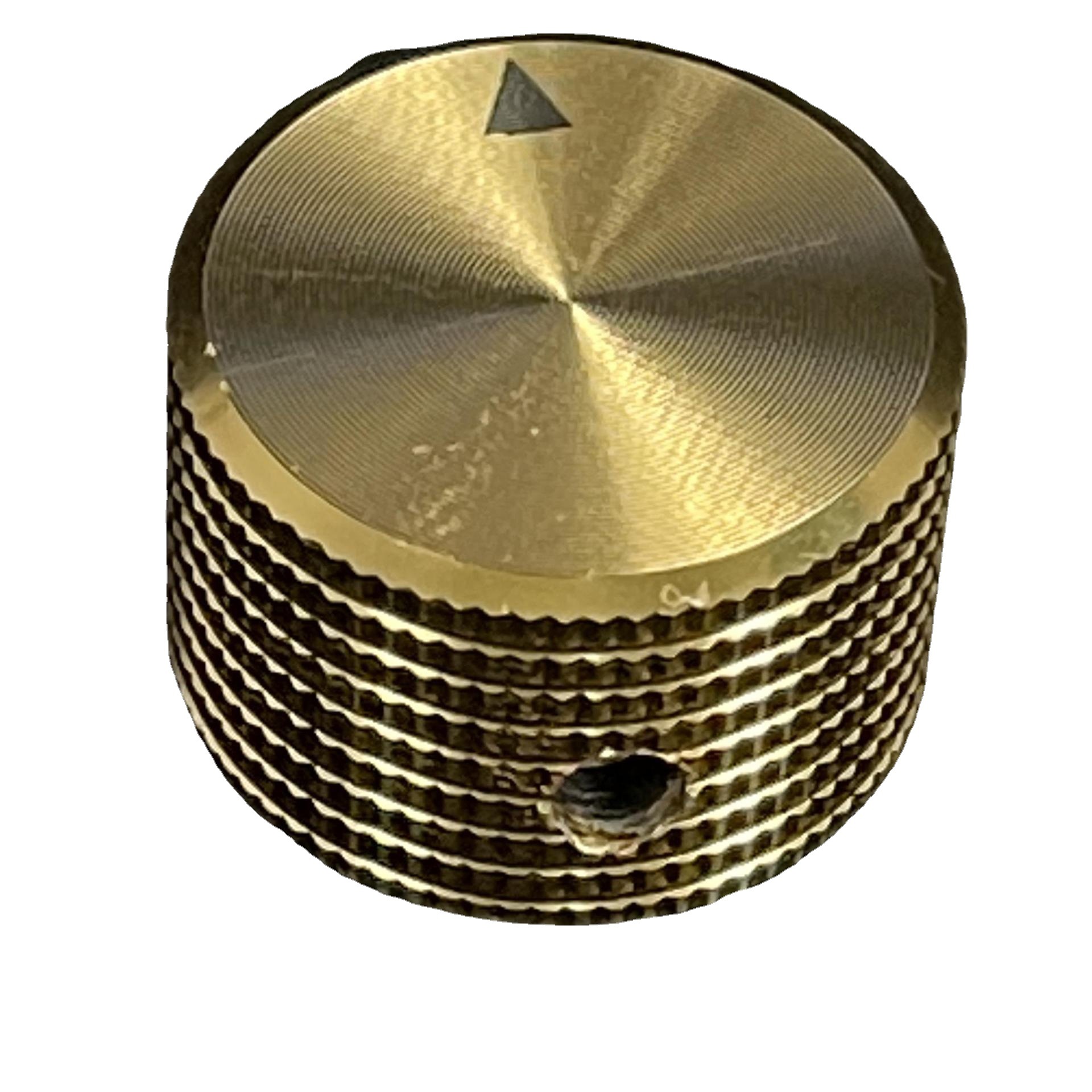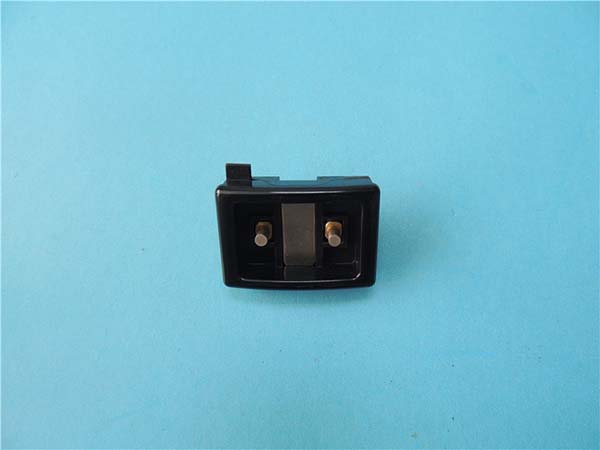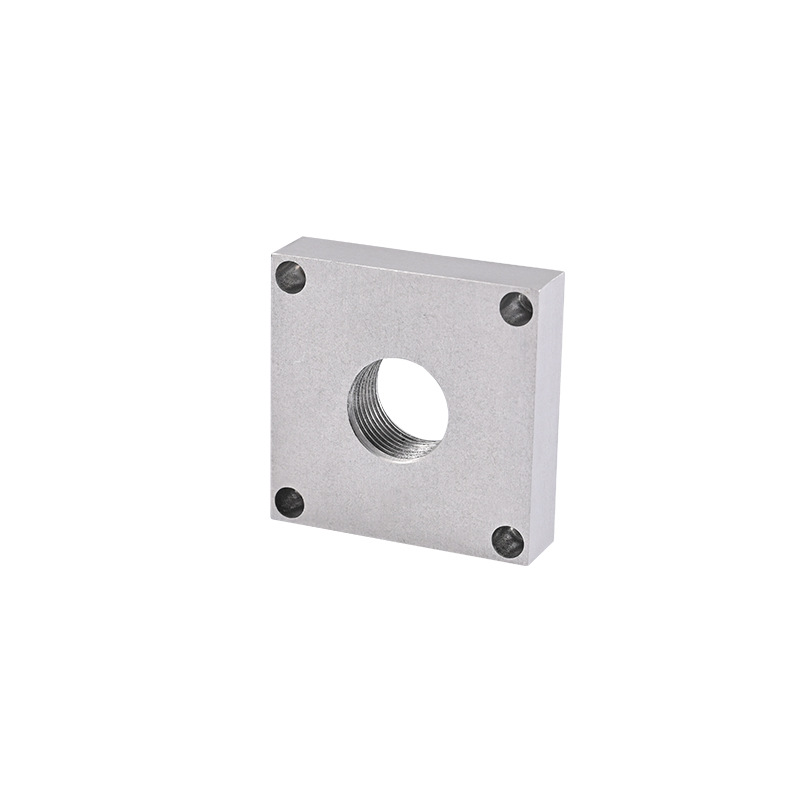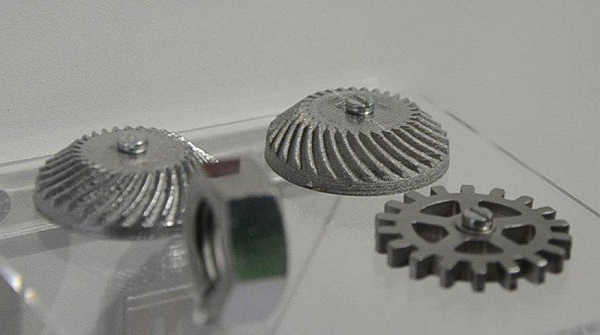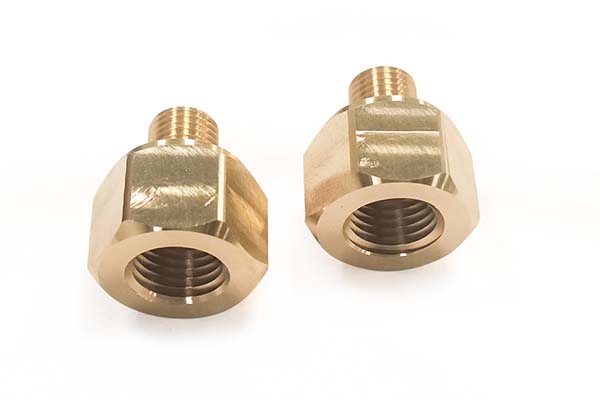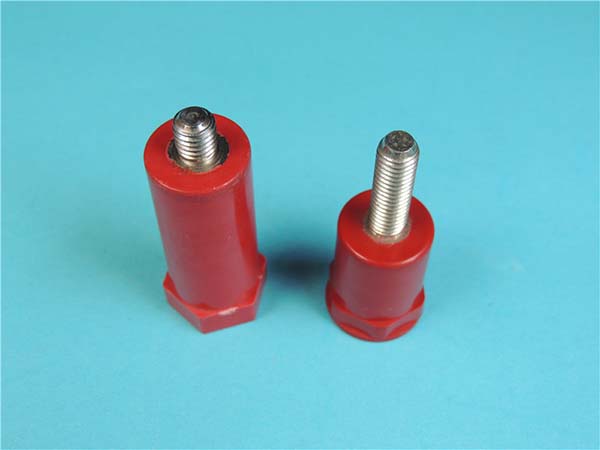Introduction to Metal 3D Printing
Metal 3D printing, also known as metal additive manufacturing (AM), is an advanced manufacturing process that builds three-dimensional metal parts layer by layer, based on a digital design. This contrasts with traditional manufacturing methods like machining or casting, which subtract or shape material from a solid block. Metal 3D printing enables the production of highly complex, customized, and lightweight parts with superior mechanical properties. Industries such as aerospace, automotive, medical, and energy are increasingly adopting this technology due to its precision, flexibility, and material efficiency.
Definition and Overview
Metal 3D printing refers to a range of techniques used to build metal parts by adding material layer by layer from a digital file. The technology typically uses high-powered lasers or electron beams to melt metal powders or wires, fusing them together into solid layers that form a final part. These parts are often lighter, stronger, and more precise than those produced through conventional methods. The key benefits of metal AM include complexity without compromise, reduced material waste, rapid prototyping, and the ability to produce parts with unique geometries that are difficult or impossible to achieve with traditional methods.
Advantages Over Traditional Manufacturing
Metal 3D printing offers several notable advantages over conventional methods:
- Complexity Without Compromise: Metal 3D printing can produce intricate geometries and complex internal structures, such as lattice designs, that traditional manufacturing methods struggle to achieve.
- Material Efficiency: Unlike subtractive manufacturing, which creates a lot of waste, metal AM uses only the material needed for the part, significantly reducing material waste.
- Customization and Prototyping: Metal 3D printing is ideal for rapid prototyping and customizing parts for specific applications. It allows for the quick creation of bespoke components, which would otherwise require expensive tooling or molds.
- Strength and Durability: The layer-by-layer nature of the process results in parts with unique microstructures that can provide superior strength, fatigue resistance, and durability.
- Reduced Lead Times: The ability to quickly transition from a digital model to a finished part speeds up the production process, making it ideal for industries that need fast-turnaround times, such as aerospace and automotive.
Key Components of the Process
Metal Powders or Wires
The choice of material is crucial in metal 3D printing, and the materials used typically come in two forms: powders and wires.
- Metal Powders: These are fine metal particles that are spread evenly across the build platform. The powders must meet strict specifications in terms of size, shape, flowability, and purity to ensure high-quality prints.
- Metal Wires: Some metal 3D printing techniques use metal wires that are fed into the printer's melting area. These are typically used in Direct Energy Deposition (DED) processes, where the wire is melted and deposited layer by layer.
Common metals used in metal 3D printing include stainless steel, titanium, aluminum, cobalt-chrome alloys, and nickel-based superalloys. These metals are selected based on their mechanical properties, compatibility with the printing process, and the specific needs of the end product.
High-Powered Lasers or Electron Beams
The energy source plays a vital role in metal 3D printing, and the most common options are lasers and electron beams. These energy sources are used to selectively melt and fuse the metal powders or wires.
- Lasers: Laser-based systems use focused laser beams, often fiber lasers or CO2 lasers, to melt the metal. The type of laser chosen depends on the material being printed and the required properties of the finished part.
- Electron Beams: Electron Beam Melting (EBM) uses a high-energy electron beam to fuse metal powders. EBM is particularly useful for materials that are difficult to process with lasers, such as copper and its alloys.
3D Printer Hardware
Key components of a metal 3D printer include:
- Build Platform: The surface on which the part is constructed. It must be level and often requires heating to maintain the right temperature throughout the printing process.
- Extruder/Depositor: The mechanism that supplies the metal material (powder or wire) to the print area, where it will be melted and deposited.
- Energy Source: The laser or electron beam that melts the material.
- Control System: The software and electronics that manage the 3D printing process, including slicing the digital model, controlling the energy source, and ensuring that each layer is precisely deposited.
Stages of Metal 3D Printing
1. Preprocessing (Design and Preparation)
The process begins with designing the part in Computer-Aided Design (CAD) software. Once the design is finalized, it is converted into a STL file, which is then sliced into thin layers. These slices represent cross-sections of the part that will be built layer by layer. The slicing software also generates instructions for the printer, such as the path for the laser or electron beam, and the material deposition strategy.
2. Layer-by-Layer Deposition
The actual 3D printing process consists of several steps that are repeated for each layer:
- Spreading the Material: The printer spreads a thin layer of metal powder (or feeds a metal wire) across the build platform.
- Melting the Material: A focused laser or electron beam scans the surface of the material, selectively melting it according to the design specifications.
- Solidification: The melted material quickly cools and solidifies, bonding to the layer beneath it to create a solid part.
- Repetition: After each layer is solidified, the build platform lowers slightly, and the printer spreads a new layer of material. This process repeats until the entire part is complete.
3. Post-processing (Cooling, Cleaning, and Finishing)
After printing, the part must undergo post-processing to achieve the desired properties and finish:
- Cooling: The printed part is gradually cooled to avoid thermal stresses that could lead to cracking or warping.
- Removal from Build Platform: The part is carefully removed from the build platform, sometimes using specialized tools.
- Support Removal: Many metal 3D prints require support structures during the build process to stabilize overhanging features. These supports are removed manually or via automated systems.
- Cleaning: Residual powder or debris is cleaned from the part, typically through methods like tumbling, sandblasting, or chemical cleaning.
- Heat Treatment: The part may undergo heat treatments, such as stress relieving, annealing, or sintering, to improve its mechanical properties or relieve internal stresses.
- Finishing: The part may be subjected to final machining, polishing, grinding, or coating to achieve the desired surface finish and dimensional accuracy.
Applications of Metal 3D Printing
Aerospace Industry
Metal 3D printing has been a game-changer in aerospace, allowing the production of lightweight, high-strength components with complex geometries:
- Turbomachinery Components: Parts like turbine blades and nozzles are produced with high-temperature resistant alloys, optimizing performance in demanding environments.
- Structural Components: 3D printing is used to create complex aircraft structures, such as frames and wings, which reduce weight and improve fuel efficiency.
- Tooling and Fixtures: Custom tools, jigs, and fixtures are rapidly produced for specialized manufacturing tasks.
Automotive Sector
In automotive manufacturing, metal 3D printing helps produce parts that contribute to performance, safety, and efficiency:
- Engine Components: 3D printing produces high-performance parts like pistons, exhaust manifolds, and turbocharger components that are lighter and more durable.
- Suspension and Chassis Parts: Lightweight yet strong components improve vehicle handling and fuel efficiency.
- Bespoke Components: Manufacturers use metal AM to rapidly prototype and produce limited-edition or specialized parts for luxury vehicles or racing cars.
Medical Field
Metal 3D printing is revolutionizing the medical industry by offering customized, patient-specific solutions:
- Implants and Prosthetics: Custom implants and prosthetics that perfectly fit a patient's anatomy, improving comfort and function.
- Surgical Instruments: Specialized tools for surgeries that require precision and custom designs.
- Medical Devices: Personalized medical devices, such as hearing aids, bone scaffolds, and dental implants, that improve patient outcomes.
Other Industrial Uses
Beyond the primary sectors, metal 3D printing is used in a variety of industries:
- Oil & Gas: Corrosion-resistant components for equipment used in harsh, high-pressure environments.
- Defense: Lightweight armor and precision parts for weapon systems and defense technology.
- Consumer Goods: High-end, precision products like jewelry or fashion accessories.
- Research & Education: Metal 3D printing enables rapid prototyping and experimental designs for research and academic purposes.
Conclusion
Metal 3D printing is reshaping modern manufacturing by enabling the production of parts with unprecedented complexity, customization, and performance. From aerospace and automotive to medical and industrial applications, the technology is delivering high-strength, precise components faster and more efficiently than traditional methods. As the technology advances and new materials are developed, metal 3D printing will continue to expand its reach, driving innovation and enhancing the capabilities of industries worldwide.
FAQs
What types of metals can
be used in metal 3D printing? Common metals used in metal 3D printing include stainless steel, titanium, aluminum, cobalt-chrome alloys, and nickel-based superalloys, each chosen for its specific properties.
How accurate is metal 3D printing?
Metal 3D printing can achieve high accuracy, typically within ±0.1% of the design dimensions. Precision depends on factors like printer resolution, material type, and part complexity.
Can metal 3D printed parts be post-processed?
Yes, metal 3D printed parts can undergo various post-processing steps, including heat treatments, machining, grinding, and polishing to improve mechanical properties, finish, and accuracy.
